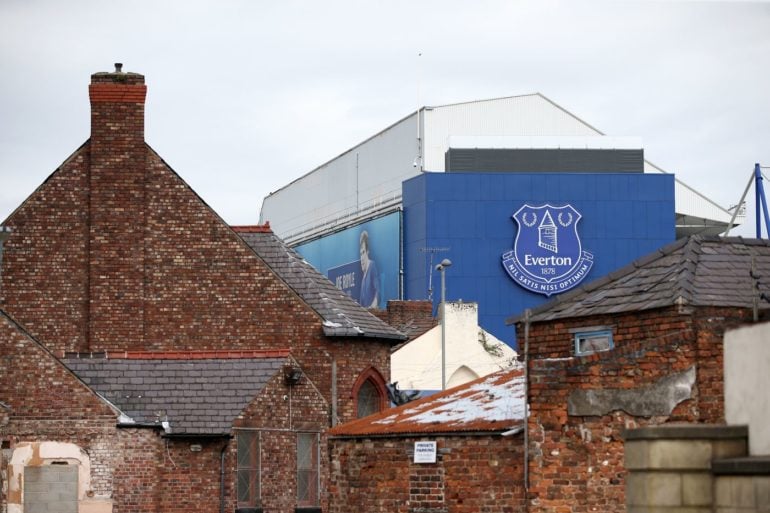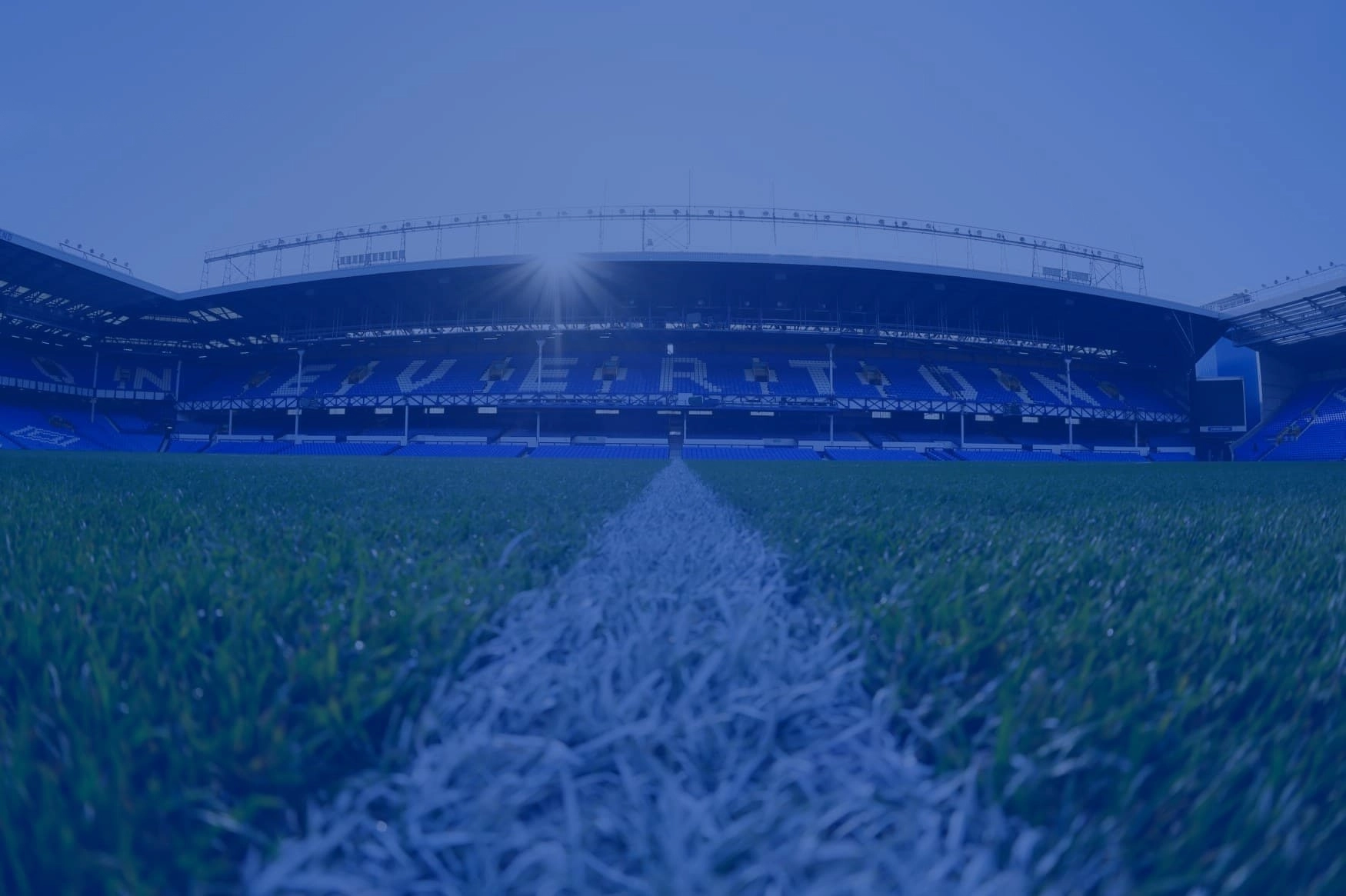It looks increasingly likely that the Friedkin Group will be the new owners of Everton, bringing to an end a chaotic and, latterly, shambolic episode under Farhad Moshiri. The news has been met with a mixture of relief and cautious optimism. Early positives seem to be that stadium funding appears to have been made and large debt holders have been paid off. Dan Friedkin, whose estimated wealth is over £6bn, and his group, which turned over £12bn, clearly have access to cash flow that makes such hefty payments achievable. From a cash perspective, it is hard to underestimate the importance of both these things. The MSP loan could have triggered administration, while the stadium payments have been a major cash drag on the business, as they would have been with almost any Premier League club. Again, these could have led to administration.
There is an optimism laced with some caution, which is understandable. Bill Kenwright ran the club badly following some fanfare, while Farhad Moshiri ran the club abysmally to much initial fanfare. He was a multi-billionaire himself, who had sat on the board at Arsenal, and seemed to have an understanding of football and also the wider area of Liverpool and a desire to help both. To some degree, it is a source of a different discussion, but what appeared to be a very positive owner ultimately failed. The warning signs were very evident from day one, and as they tend to do, they grew as time went by.
I remember after the first window of Moshiri writing that I had been underwhelmed by the recruitment. We had signed Gana Gueye, Ashley Williams, and Yannick Bolasie (the latter two for decent fees), who were all in their late 20s and older, from Premier League clubs. This approach seemed to be expanded upon the following summer when Sigurdsson and Rooney were added to the list. Looking back, the club had a stability in 2016 we could now only dream of: low debt, a strong playing squad, younger talented players, and a freedom in terms of cost regulations. The club was not a million miles away from where Brighton now is (arguably in a stronger position). I was alarmed at the short-termism of recruitment, where more risk could have been adopted in exchange for some turbulence. In football speak, I wanted to see more younger players brought in, as we did under Moyes and Martinez.
This was multiplied by an annoyance that the previous management team and key personnel were not cleared out. Bill Kenwright ultimately died as Everton Chairman, and the likes of Barrett-Baxendale were kept on for many years. The latest episode for both was turning on the fans, resorting to half-truths and attacks on a fan base that had shown them and the club almost unparalleled patience and loyalty over a long period. It was tone-deaf. However, both should have been removed years before for competent people.
The Moshiri mantra, certainly initially, seemed to be to talk very big, deliver a lot less, and the logistics behind that delivery was chaotic and short-termist. It led to a club that gradually got less return on its capital with each iteration. What began as a poor start to a season under Koeman to recover to 8th, became a poor almost half a season under Silva and ultimate recovery under Ancelotti, to a collapse under Lampard and Benitez. By that point, the club had run out of answers, finance, and wriggle room, and only consecutive Houdini acts kept the club going. When the takeover first happened, there was talk of it being akin to Manchester City, which was as unnecessary as it was ridiculous and seemed to add pressure. It’s fine to show ambition, but if you can’t remove failing key execs from positions of power at the top of the club, you really have no place trying to emulate the best in class in the industry.
The Friedkin Group (TFG) seemed to have arrived to less fanfare. Undoubtedly some of this is the wider context. The narrative around Everton 8 years ago was as “the best of the rest” who ultimately lacked finance to make that jump. The narrative now is of a chaotic club, seemingly about to go out of business. I doubt anybody is penning articles about comparing us to Manchester City now. Which is positive, firstly as it’s simply untrue, but also it gives TFG some time and space to operate. I think the lifting of expectations in the early part of the Moshiri era probably didn’t help; it seemed to create an added sense of anger and panic when short-term results were not good. While the context was probably not as good as the narrative in 2016, the narrative is probably a bit more rosy than the media now finds itself. As is often the case, media discussions tend to be a bit of a lagging indicator.
Aside from TFG undertaking measures that enormously de-risk the club, there are also positives around the club. Rumours seem to say that they have a solid understanding of football and talk about it in private with good sense. They allegedly admire what Brentford and Thomas Frank have done and are openly speaking about the need to recruit younger players. They invested heavily at Roma, who have received them generally, so they do seem to have some tangible evidence of running a big football club. Keith Wyness has come out to say the positive group he was aware of being interested in buying Everton was TFG, which is praise as there were multiple multi-billionaires interested, so that he felt TFG were best placed is good praise.
In terms of steps for the club, there are clearly a number of key priorities. The obvious one may be to overhaul recruitment, though in truth I would be more cautious around this. I think Thelwell, under difficult circumstances, has operated quite well and has tried to bring in younger players. Providing him with more resources to achieve those objectives would be more preferable to a complete restructure at this point. Over recent years, Everton have spent very modestly, as opposed to spending very badly, so if there was a way to increase the budget rather than the approach, it would be potentially a bigger winner.
The first big focus for the club needs to be the changing of the management at the top of the club. A fish rots from the head. We need excellence in key positions at the club, from Chairman to CEO and a broader board. These people need to be committed to driving revenue growth for the club and set both the culture and the plan for others to follow. The fans cannot and should not accept a transition period for this. As happened with Moshiri, a clean break is required.
Revenue generation needs to be at the heart of what the club does moving forward. A recent sponsorship for it shows what is possible, with a sponsorship deal being 3 times larger. Any incoming owner should use this as a benchmark. Remember, this is before we have entered the stadium. The opportunity for further growth after we enter the stadium exists. Every commercial deal the club has should be reviewed on the basis that we should be looking to secure at least 3 times as much, and new commercial partners need to be engaged. There are boxes, commercial and premium seats to be filled at a state-of-the-art stadium in an opportune location. It will be via these relationships that the club can grow. I’d personally also like to see a focus on providing a unique experience for individuals with high net worth. An objective of providing the best experience money can buy in the new stadium—however that looks.
This obviously bleeds out into the stadium, where regular prices will inevitably have to rise, but my preference would be a focus on trying to bring in as much as possible for the best 6,000 seats. We also need to maximize revenue all year round; potentially a restaurant may help, naming rights for the stadium, and attracting music acts to the premier location in not just Liverpool but arguably the North West of England should be a key focus. The hope will be that TFG have people with the right expertise and experience to be able to undertake this.
A final area for investment must surely be the academy. I have long since advocated for spending in this area, in terms of the best coaching, the best recruitment of young players in the city region and further afield, and also a focus on buying players from 16-19 from elsewhere. The experience of the selling of Dobbin, Samuel Smith, Cannon, Gordon, Simms, Branthwaite (potentially), and Calvert-Lewin, who all fit into this category over the last 2 years, has ensured the club remained solvent and also helped the club become PSR compliant again. The sales of the above will likely get close to £200m if all went through. There is clearly a big return on investment available, and the club needs to refocus energies on this.
There is a question of scale with academy football. Unless you are extremely aggressive and at times able to put money into it, you ultimately don’t get over the line on players. If you require a value of ten to be successful, there is no point spending 7. Some changes to the structure of the academy, started under Brands but continued under Thelwell, have started to help. There is more of a ruthlessness with moving players on, which the club has to do. We have to be prepared to push younger players up, with the expectation most will fail but some will succeed. I watched a recent mini-derby game that Everton ultimately lost but had 4 or 5 players from their under-16s to 0 from Liverpool. It’s again a short-term hit for a bigger long-term prize.
The early mood music has been positive in an understated way. Aside from helping the cash position of the business, there has been an early signing of a young midfield player from Aston Villa. This fits the exact model of recruitment we should be looking for. Rumours of bids for a 23-year-old player the club had previously targeted, now playing in France, and a teenage winger from Newcastle seem to hint at a radical change of approach and one that will be welcomed by most supporters. If this is followed through and executed, it will certainly take time and patience will be required, but fans should at least take some optimism that the potential owners seem to be on the right page for what is best for the club.



